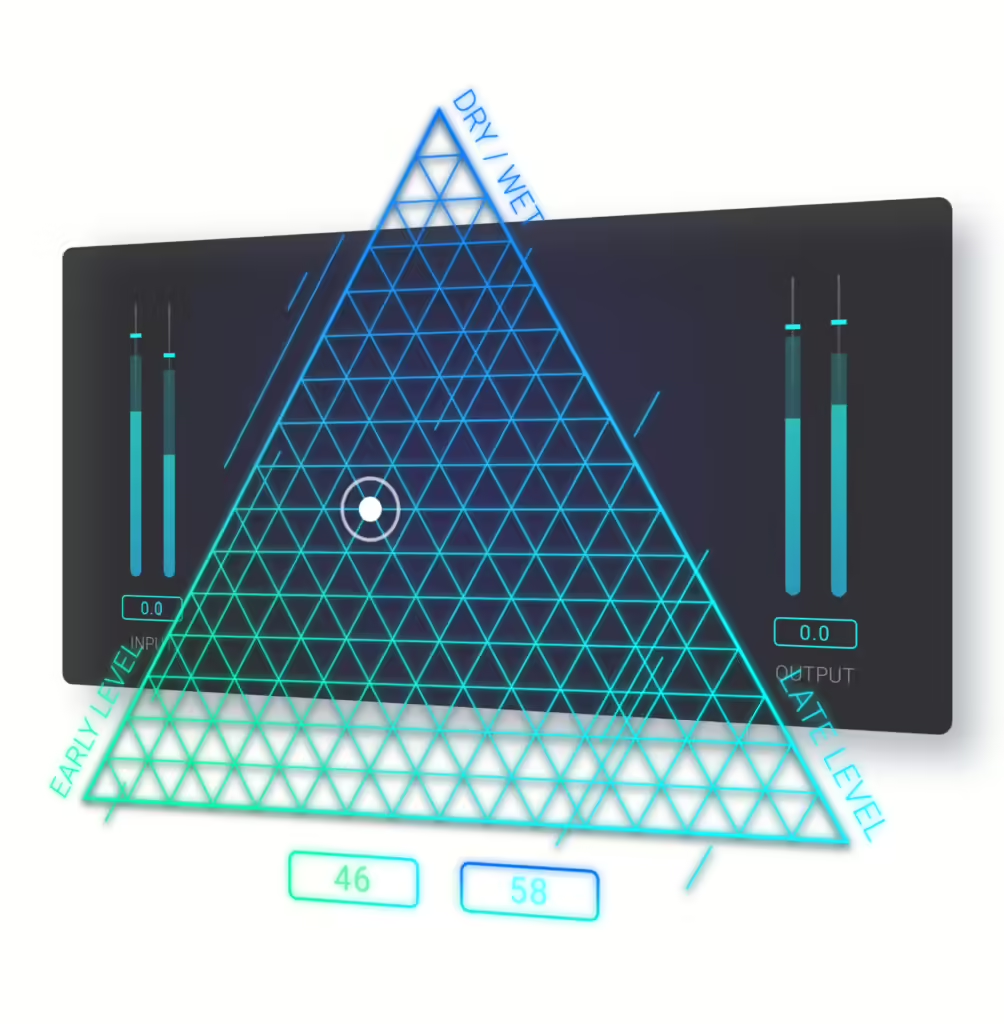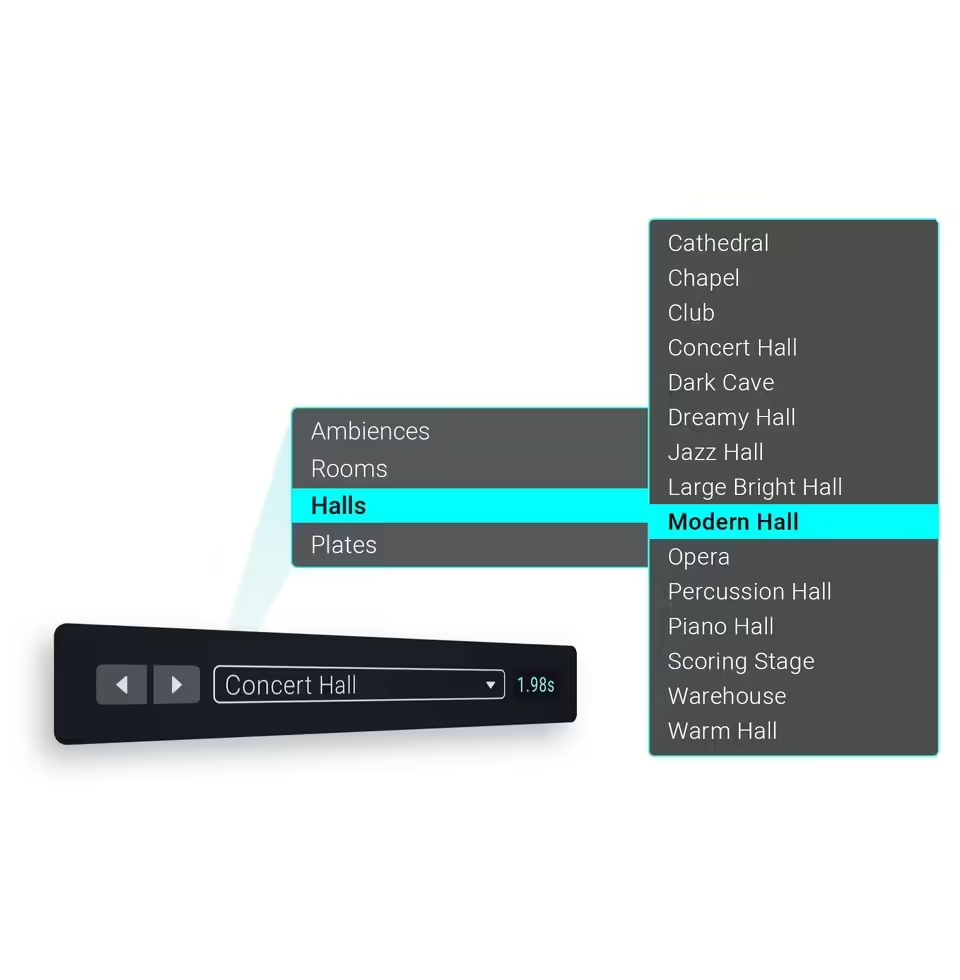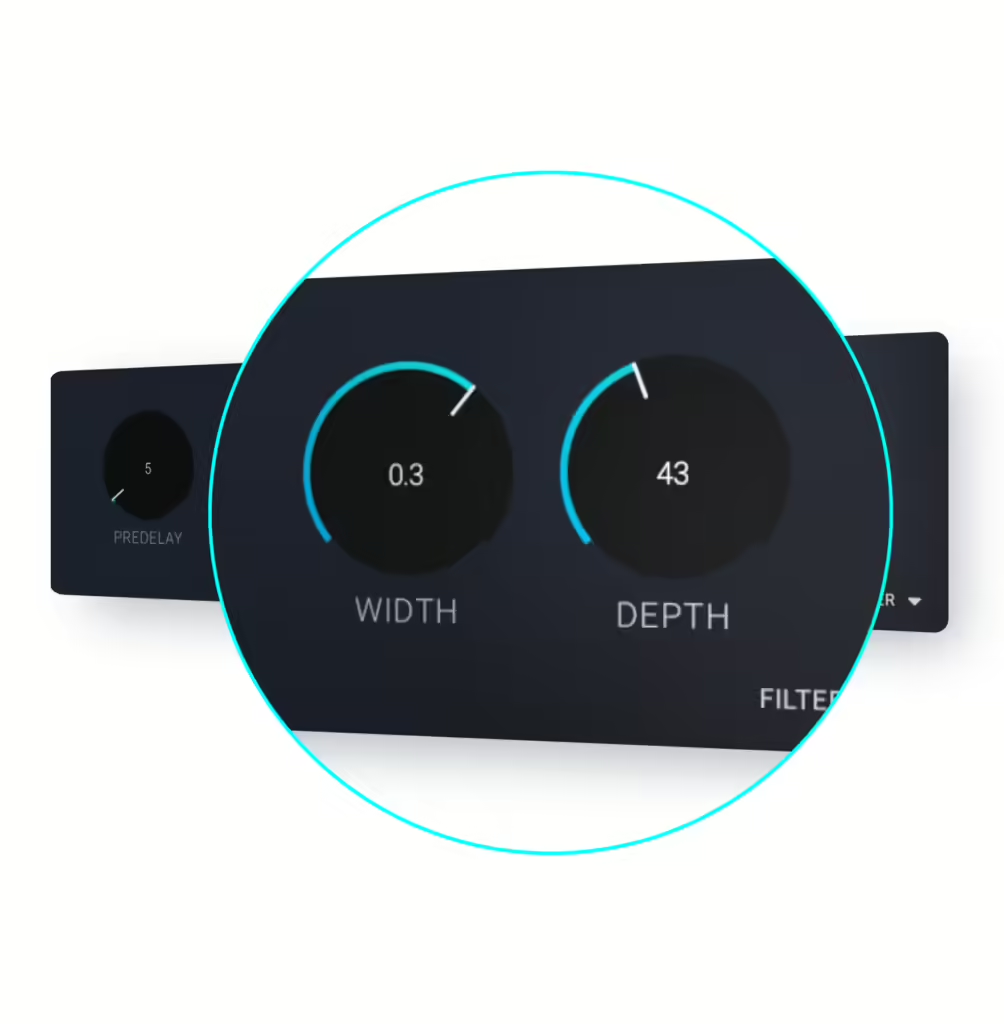Review: Dear Reality Exoverb
Based on a combination of Emmett Brown’s Flux Capacitor and the targeting computer of an X-Wing fighter, Exoverb’s user interface deploys a novel way of manipulating the reverb’s basic parameters
by Andy Stewart

Get mutech updates in your inbox
Given their immersive audio background, a stereo reverb like Exoverb must have seemed like a decidedly retro, almost quaint two-dimensional plug-in for the 3D-spatialists at Dear Reality to develop.
Based on a combination of Emmett Brown’s Flux Capacitor and the targeting computer of an X-Wing fighter, Exoverb’s user interface deploys a novel way of manipulating the reverb’s basic parameters.
It’s an intuitive workspace that allows you to customise a reverb of your choosing without getting lost in a maze of menus and parameters, all while resisting the temptation to become an oversimplified, and thus ineffective, control panel. It doesn’t have photos of cathedrals in France or topographical RT60 waterfall plots. It’s a deceptively simple, two-dimensional layout that produces fast results in several unique ways.
At Exoverb’s heart are 50 reverb types grouped under four classic categories: Ambiences, Rooms, Halls and Plates. Nothing new there, nor is this the biggest collection on the market, but it’s substantial enough to provide a large variety of spatial options.

The UI consists of three basic sections, the main feature of which is the Triangle pad that gives you interconnected mix control over the reverb’s wet/dry signal on its Y-axis, and early reflections and late reverberation on its X-axis. This all happens by moving a point source anywhere within the triangle, the top peak of which represents dry signal – no effects. Anything below this apex prompts a response from the reverb: down and to the left gives you more early reflections; to the right, more late reverb. Put the control marker on the floor of the Triangle pad and you’re generating a 100-percent wet signal. Fully to the left on this bottom line represents 100-percent early reflection and zero late reverberation, and vice versa.
It’s a trés cool way of modifying at least three reverb parameters simultaneously. The wet/dry mix, early reflections and reverb volume are tethered to this single gesture, which allows you to find the right blend quickly using only your ears.

Below the ‘flux capacitor’ are floating Pre-delay, Size, Decay, Width and Depth parameters, which function independently of any menu-based reverb selections. So, if you’re working with the ‘Drum Ambience’ reverb and then decide to change over to a ‘Jazz Hall’, for example, the five floating parameters remain the same. Some users will find this a little odd at first, but once you’re used to the idea that these controls behave more like a small mixer than the parameters of an individual patch, you quickly grow accustomed to it. If you want all the parameters to be saved together, it’s a simple matter of saving a preset.
The same logic applies to the EQ controls, of which there are three: one for the overall summed output, one for the early reflections, and one for the reverb. All three EQs can be turned on and off independently, each consisting of top and bottom shelving EQs and a midrange parametric.
One final point to add here is that Width and Depth really pack a punch in Exoverb. Unlike so many other reverbs that have historically offered grossly ineffective versions of such parameters, in Exoverb these controls have a clear and obvious impact on tone, width and depth. Shallow and wide, or narrow and deep spaces are vividly rendered by Exoverb, making for shaping of reverbs an almost visual experience, rather than a guessing game.
If you’re into plug-in reverbs and looking to add to your collection, Exoverb is well worth a gander.
Exoverb runs on Windows 10 or 11 and macOS X 10.9 or higher; Intel and Apple Silicon processors are both supported. The plug-in is available in VST3, AU and AAX formats, the latter requiring Pro Tools 2019 or higher.
Check out the ‘Get Started video here: